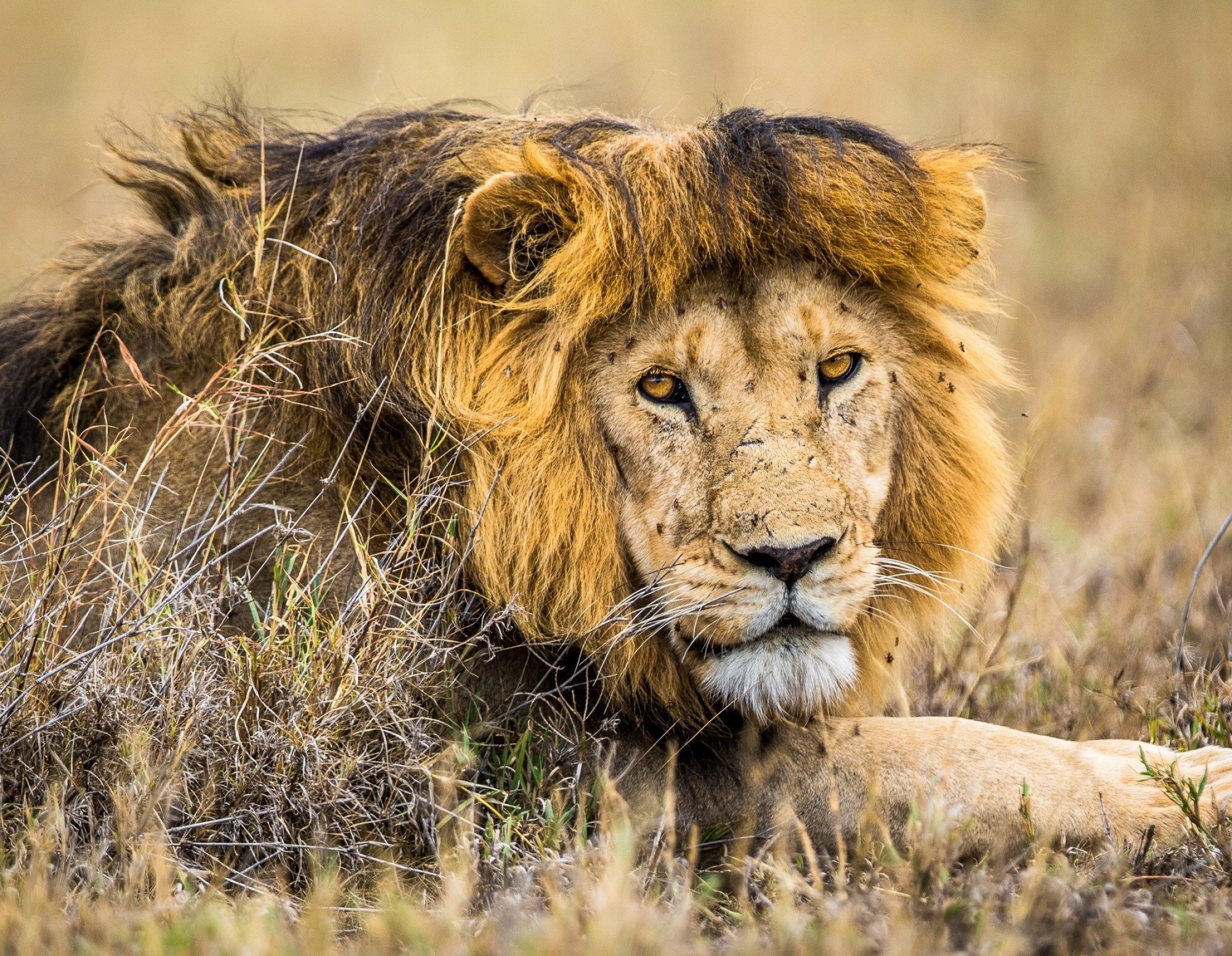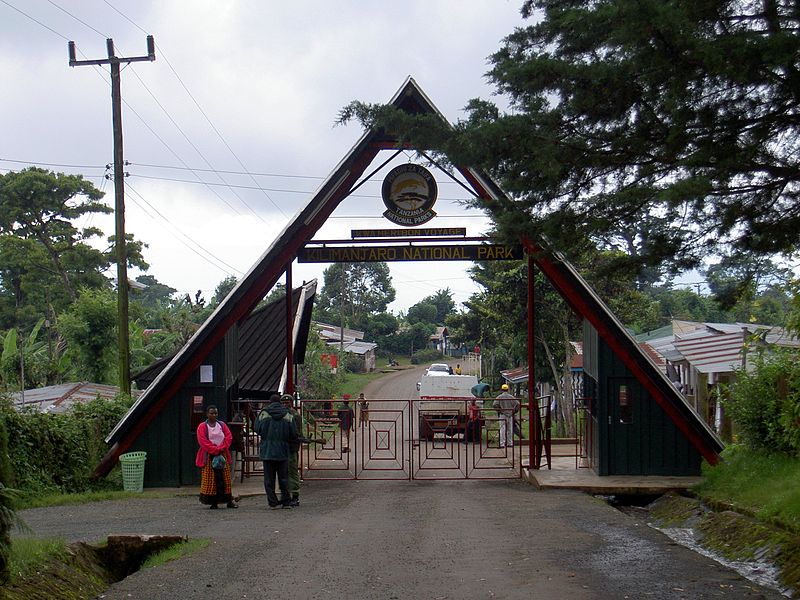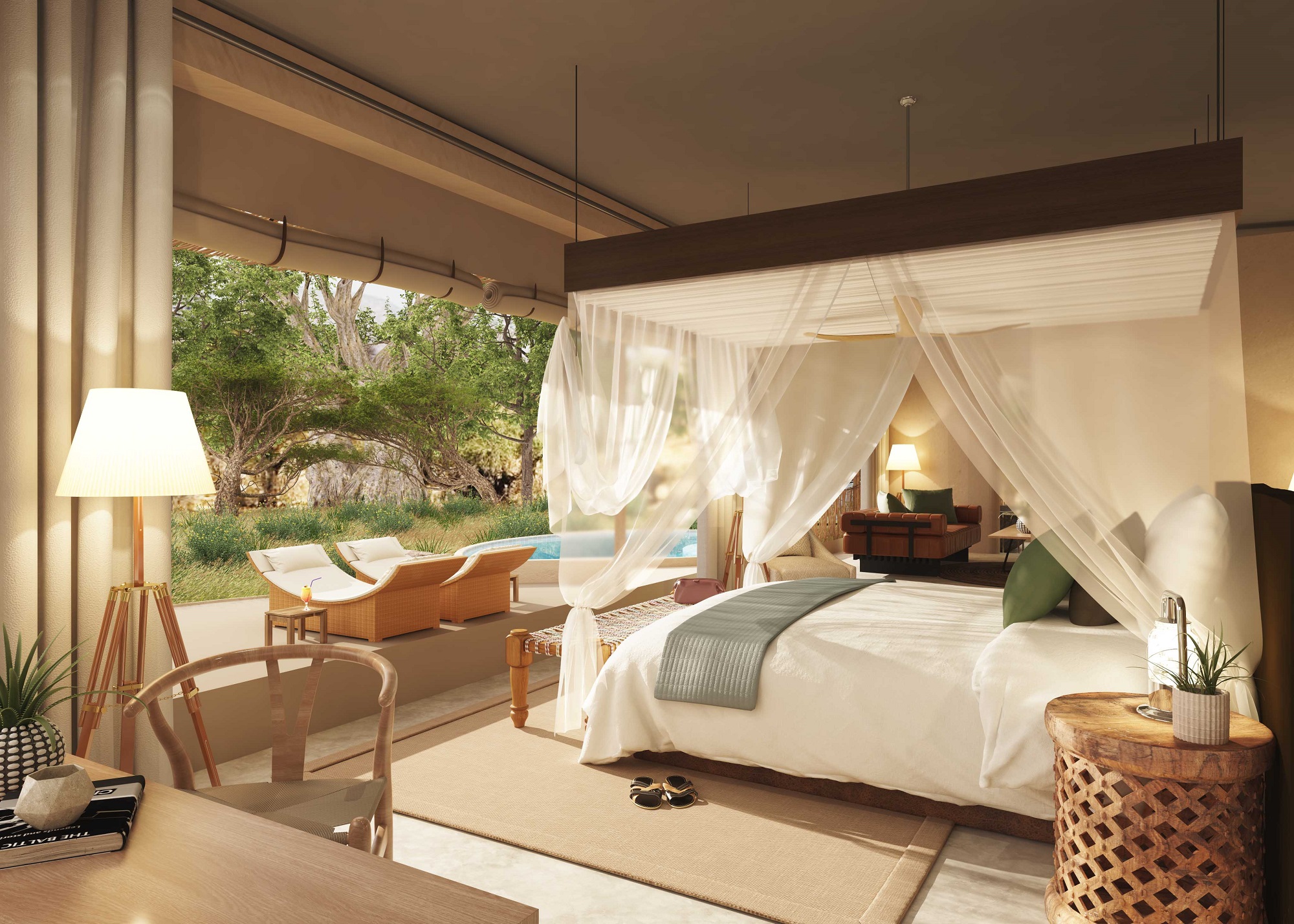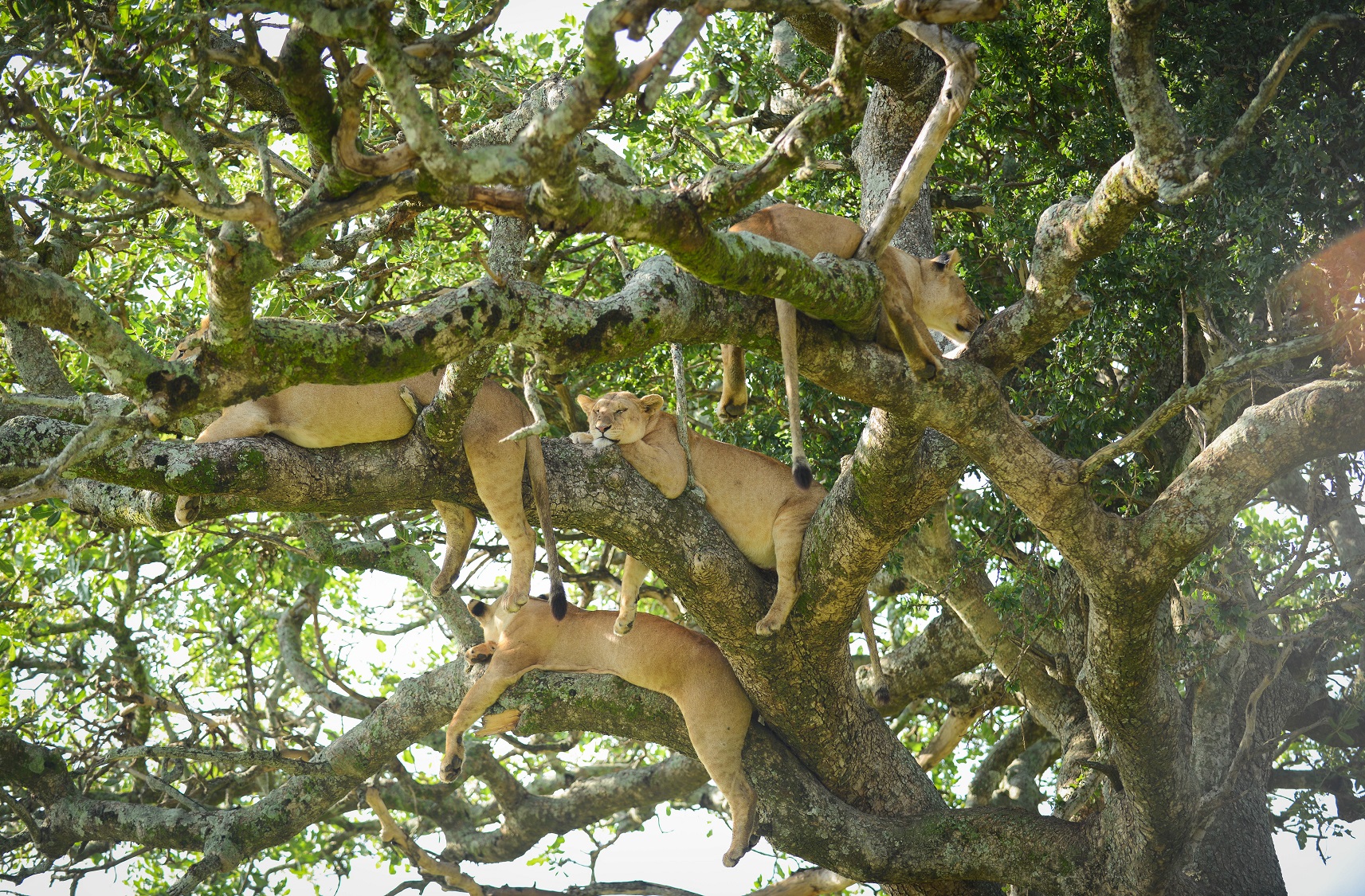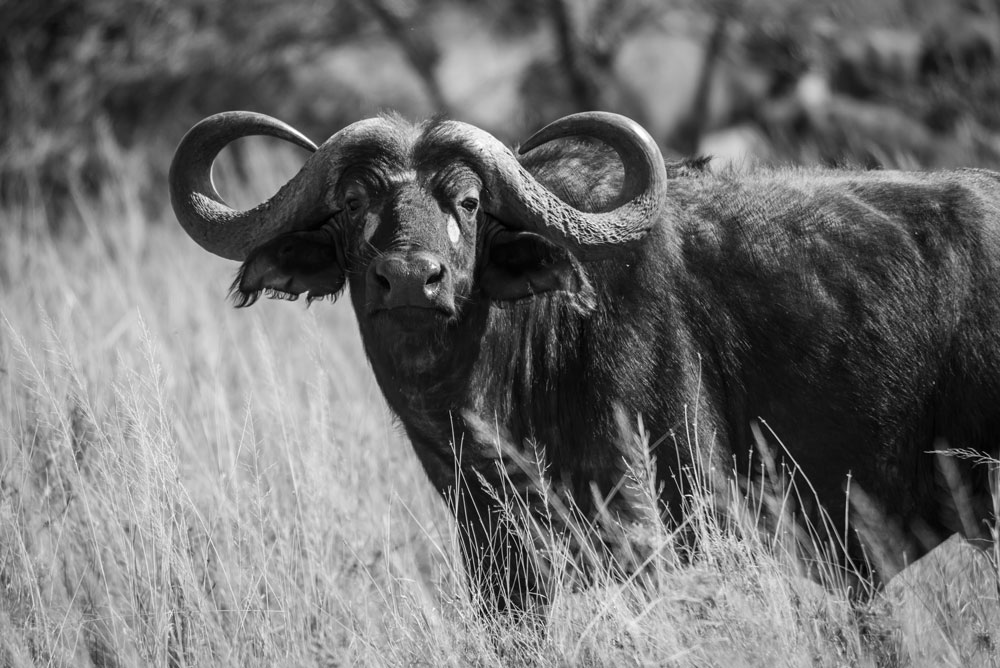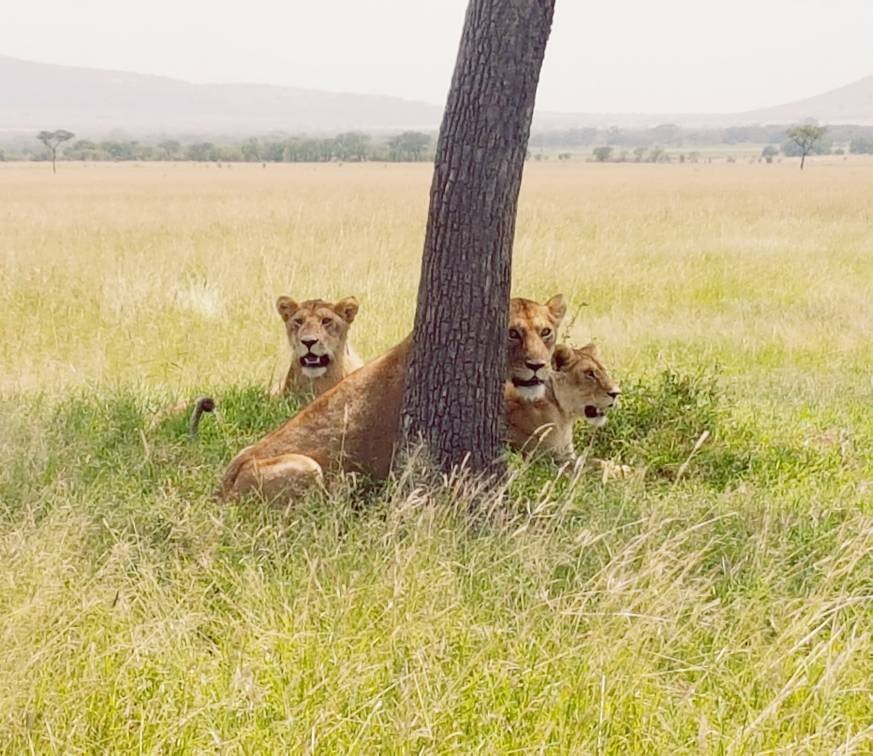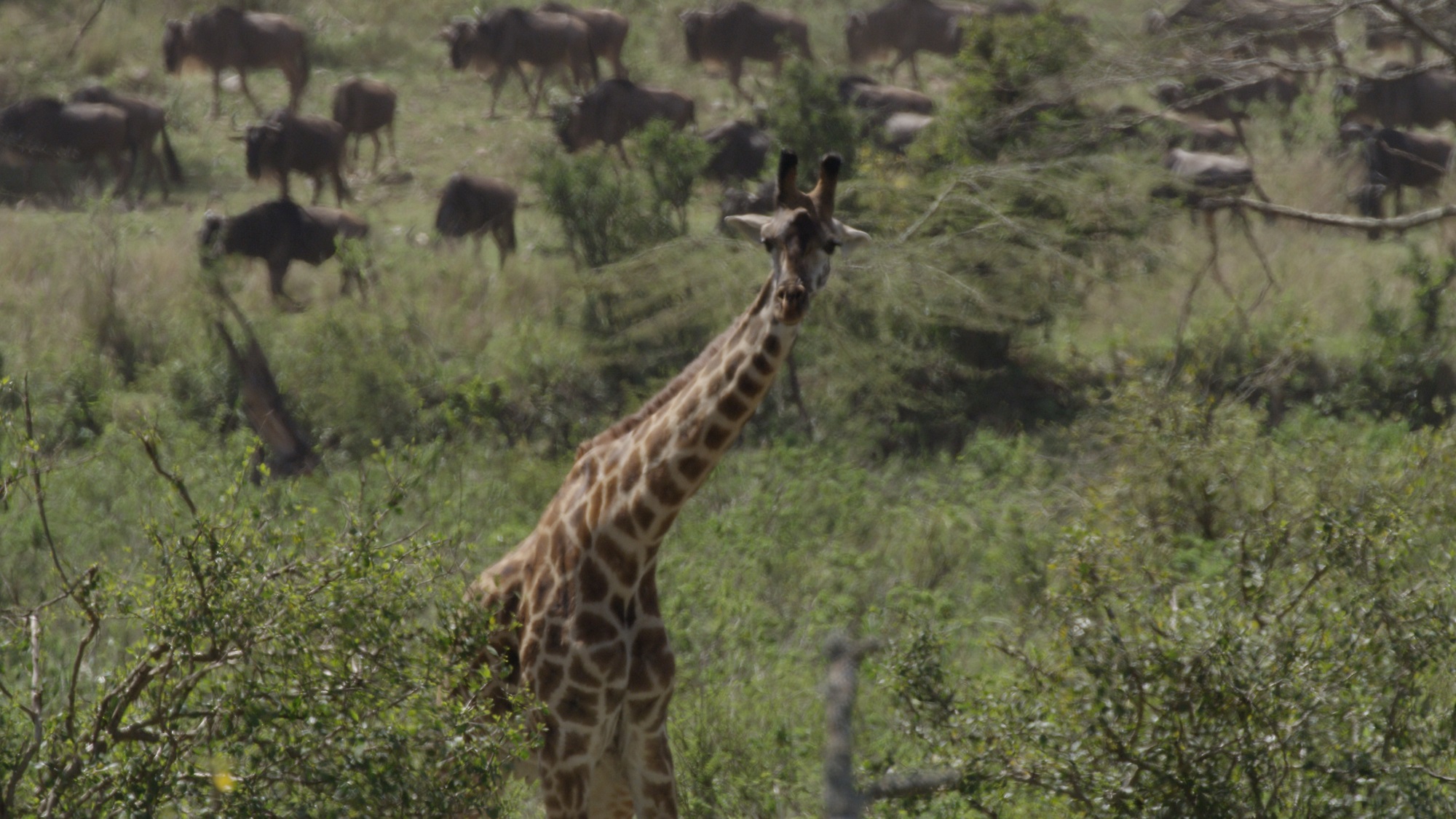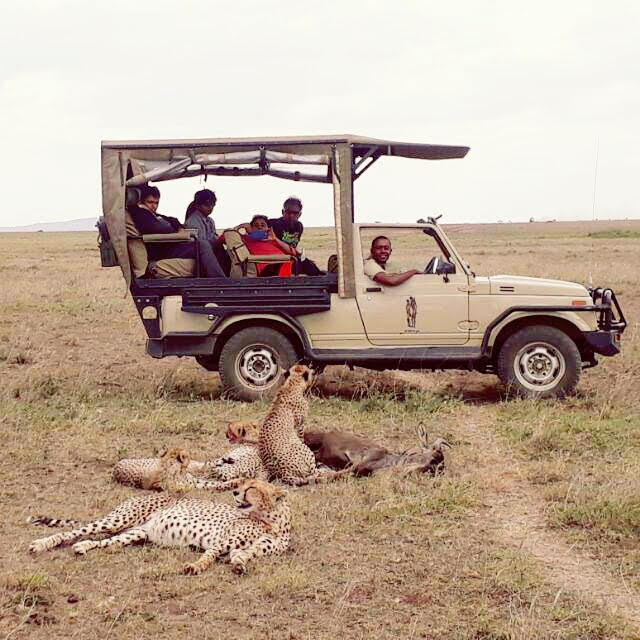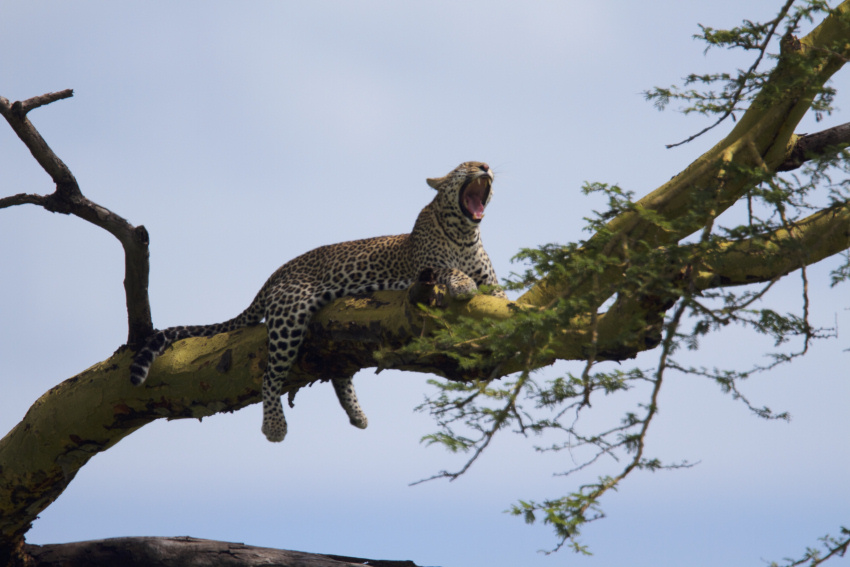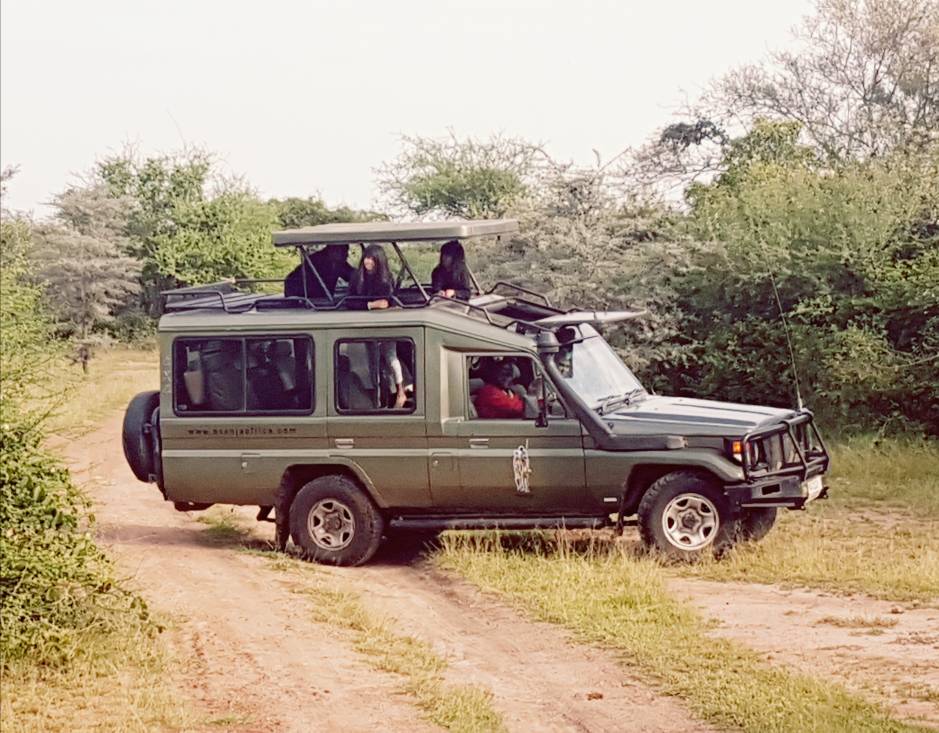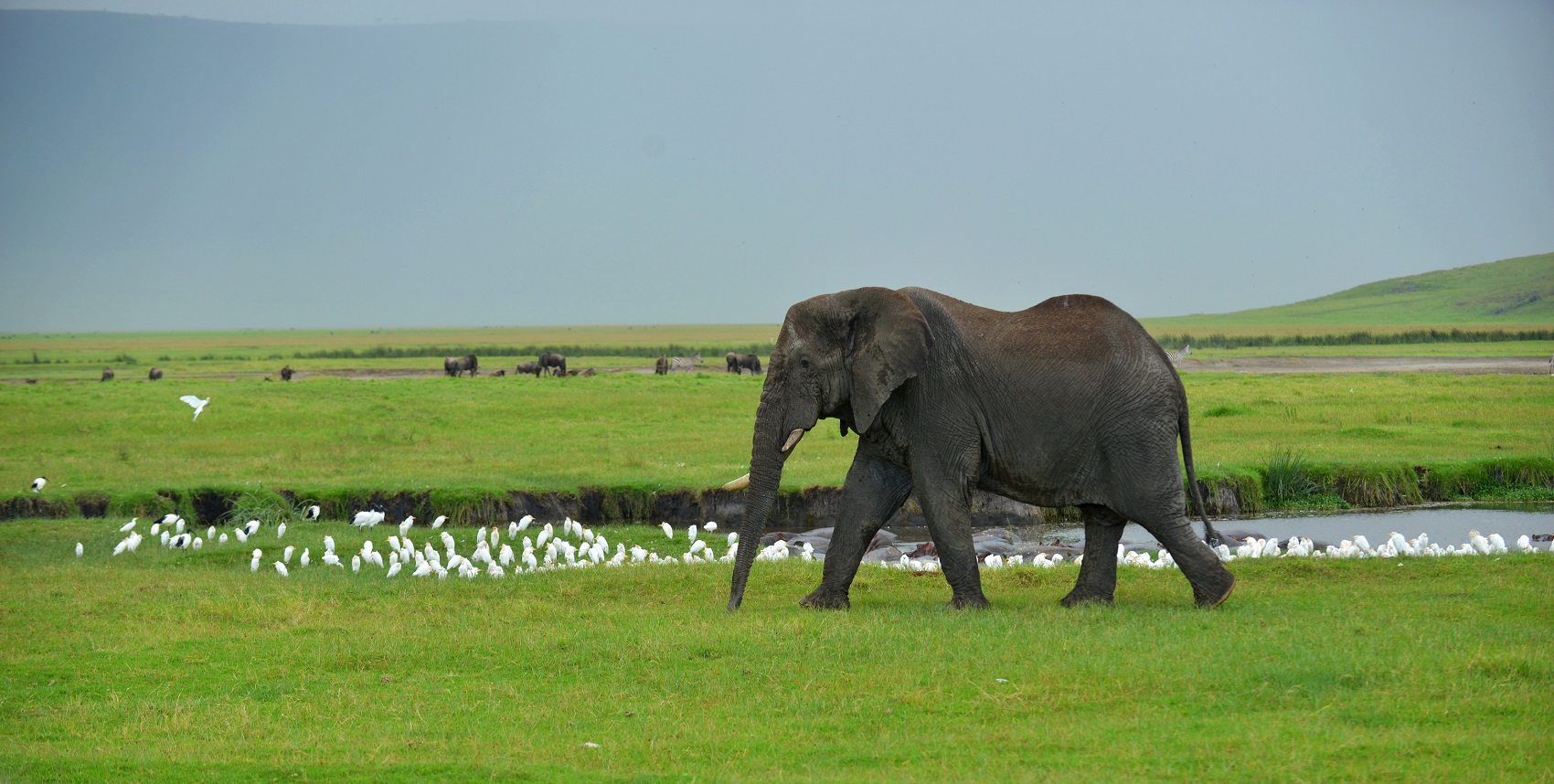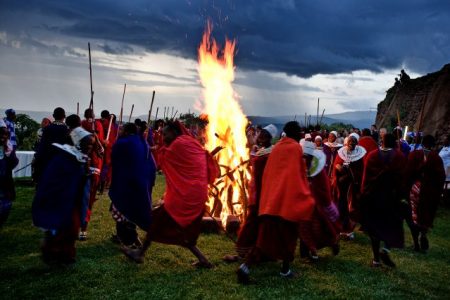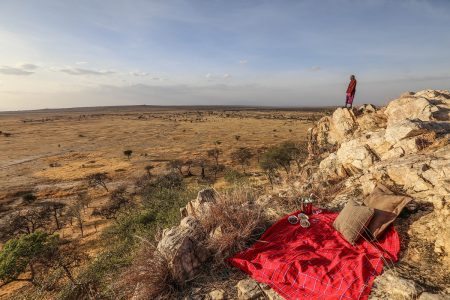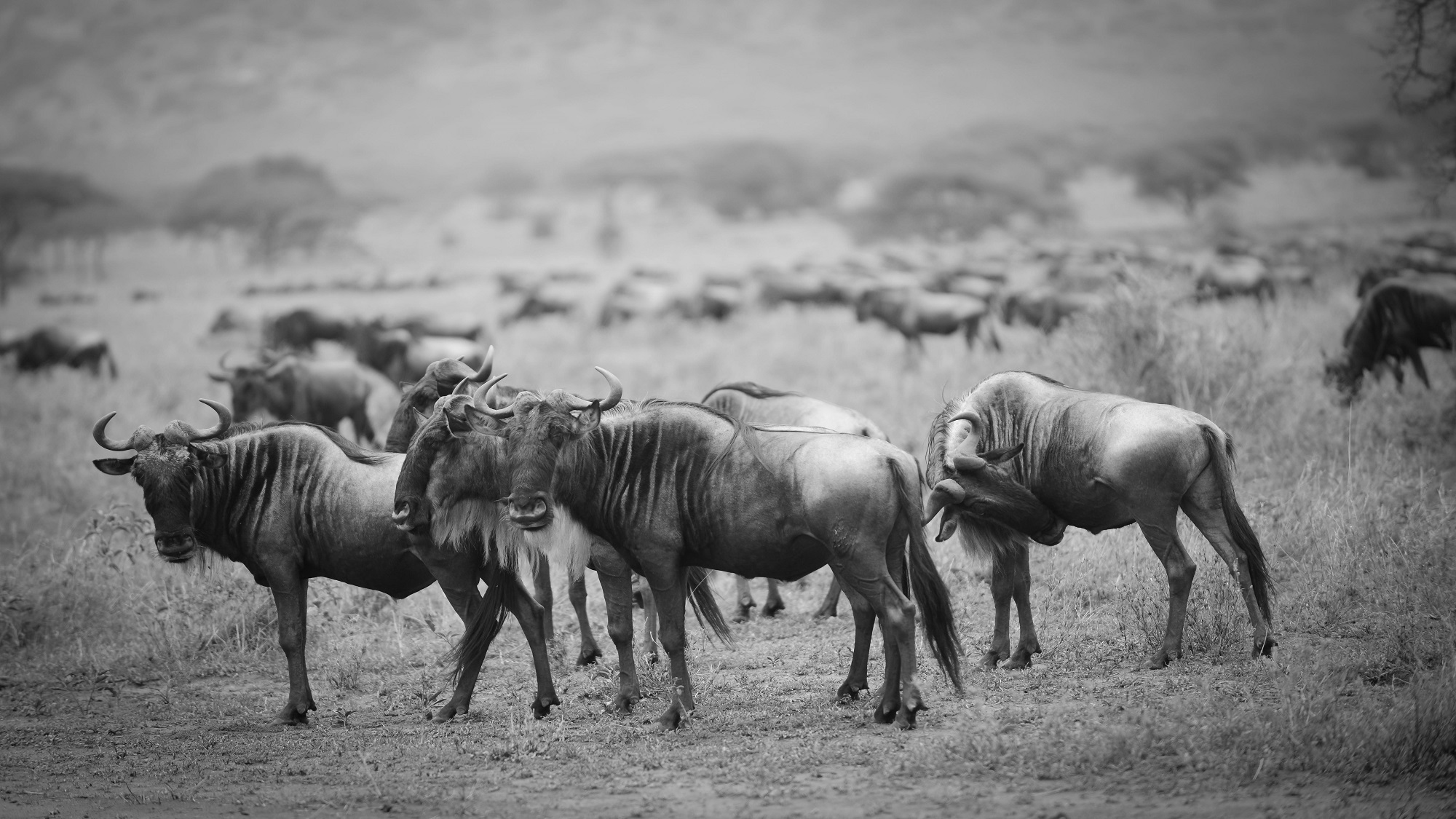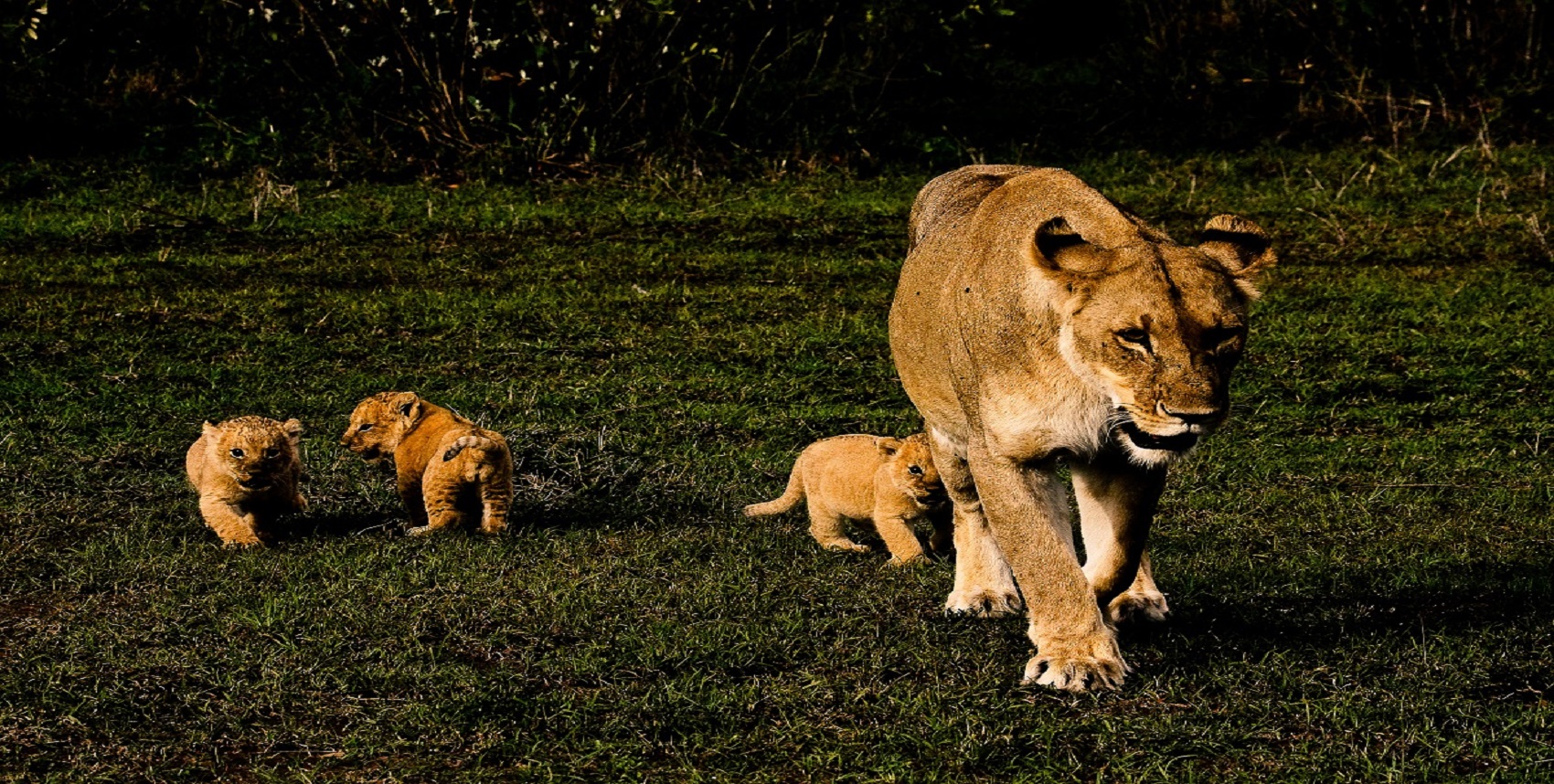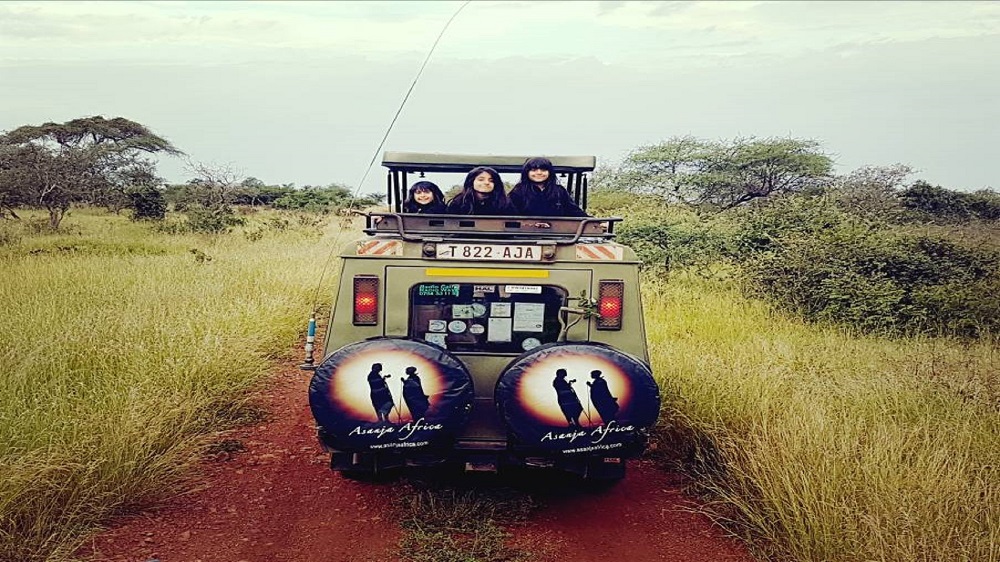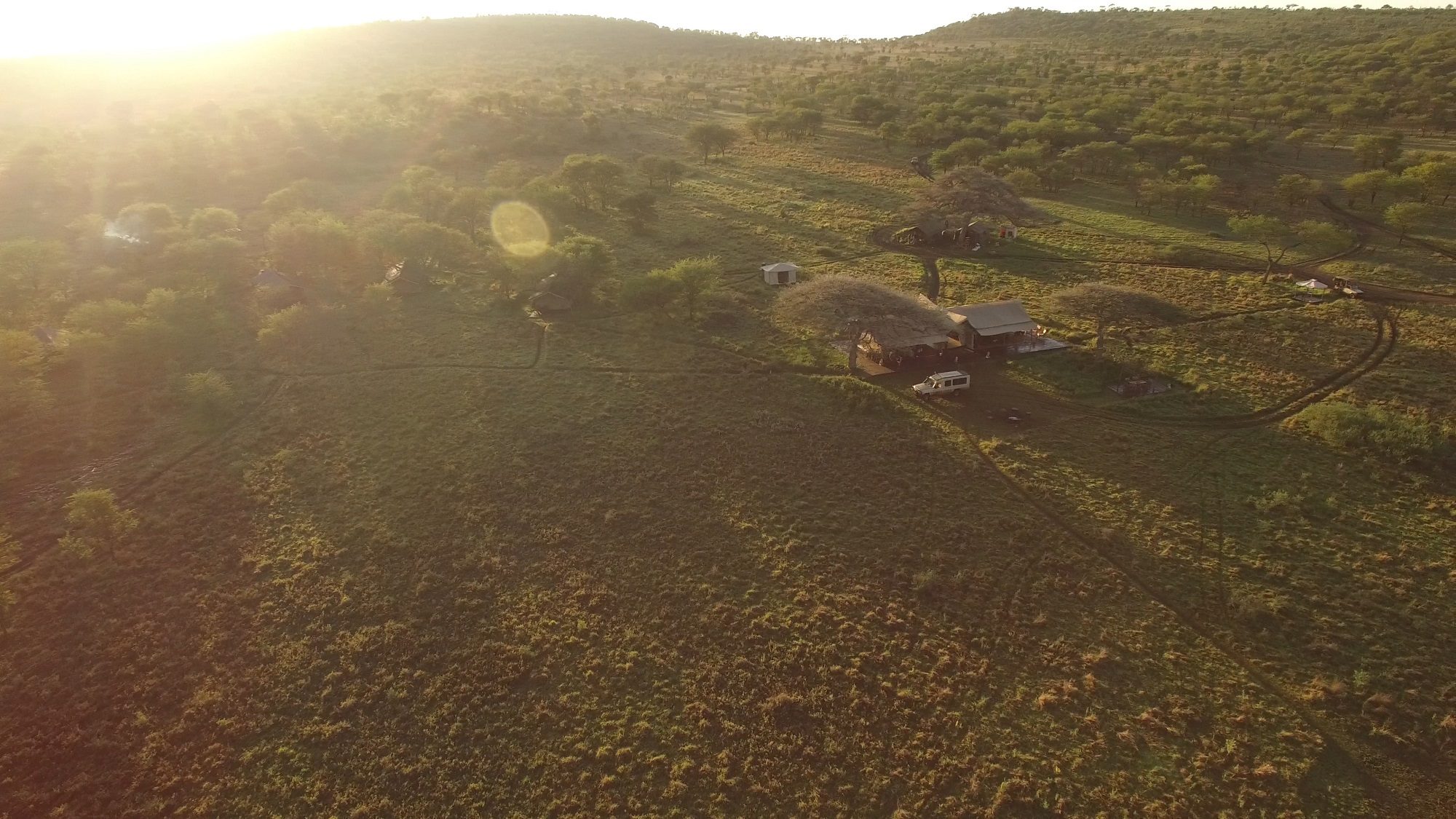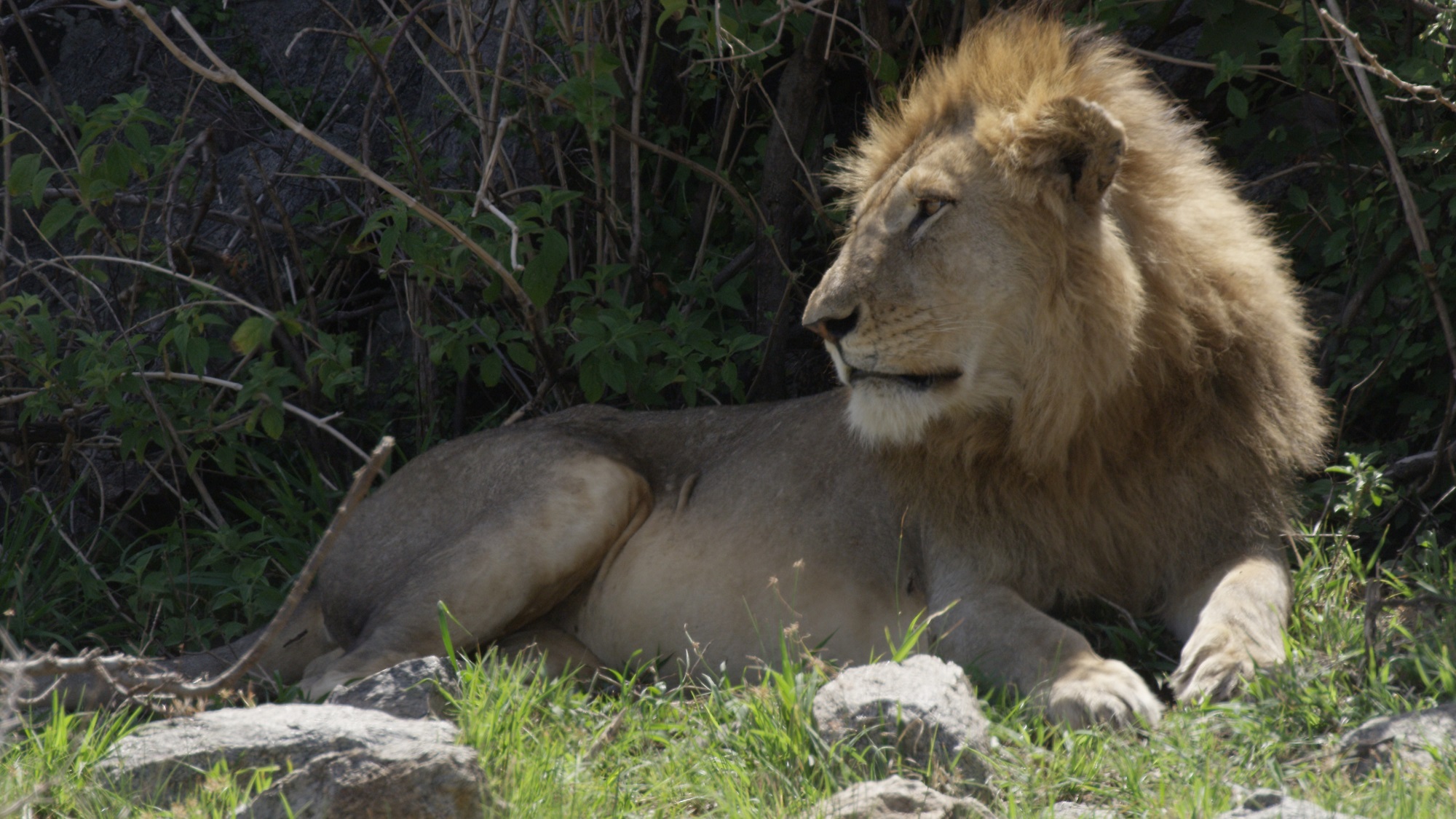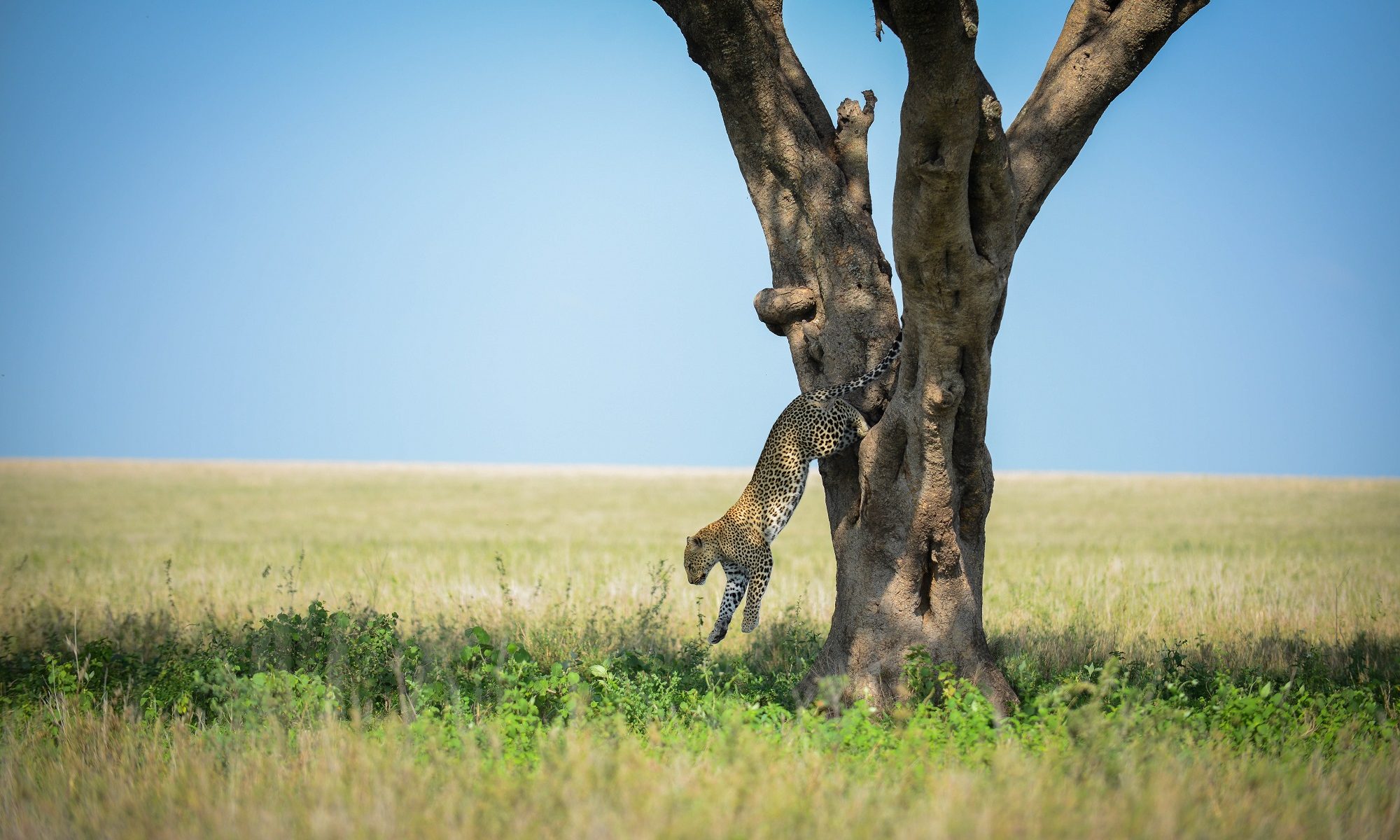Serengeti National Park: The home you have been dreaming of…….
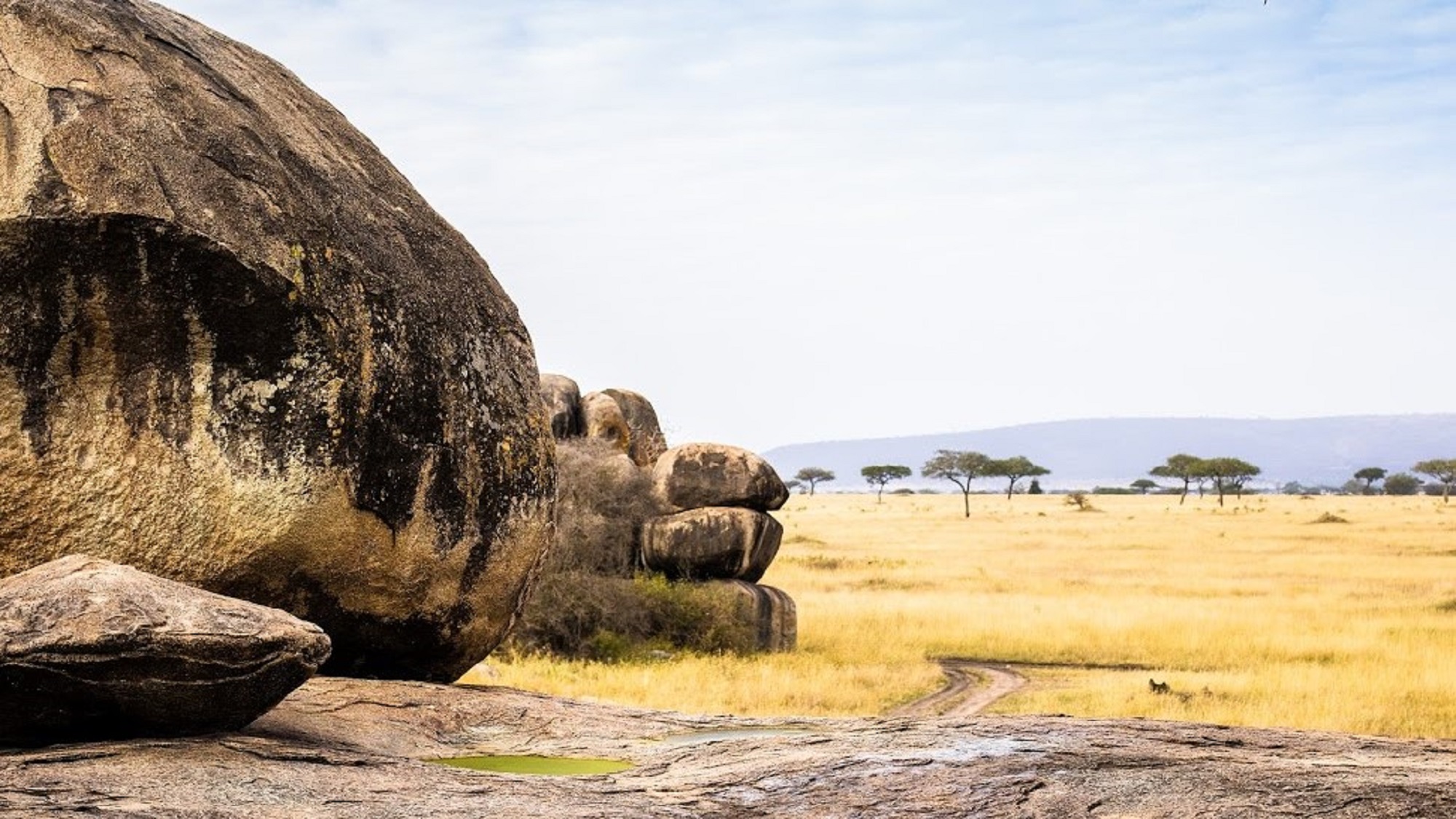
As the famous writer Ernest Hemingway wrote about Serengeti “All I wanted to do now was to get back to Africa. We had not left it yet, but when I would wake up in the night, I would lie, listening, homesick for it already.”
“Derived from“Serengit, a word in the Maasai language ,that meant – “the place where the land moves on forever” The Maasai, who had grazed their cattle on the vast grassy plains for millennia had always thought so.”
Ever true to its name, the Serengeti National Park boasts of seemingly endless savannah that stretches as far as the eye can see, and it is one of the major highlights not to be missed when planning your safari trip of a lifetime
Serengeti – a name for what is known to be one of the most breath taking and spectacular destination for safaris in Africa
Serengeti National Park is undoubtedly the best-known wildlife sanctuary in the world, unequaled for its natural beauty and scientific value, it has the greatest concentration of plains game in Africa.
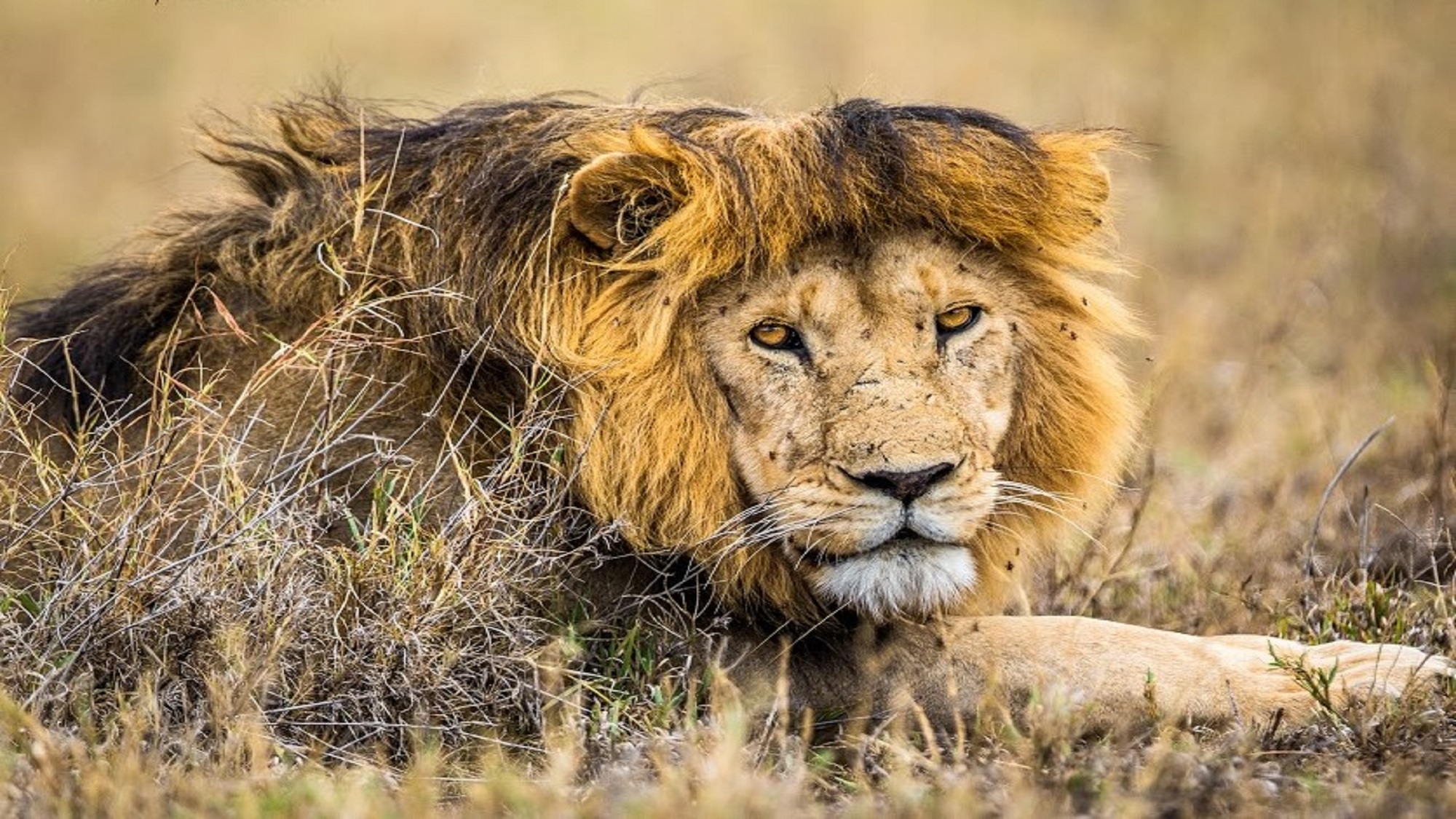
Serengeti is home to over 70 larger mammals, approximately 500 different types of birds and the largest migration of land animals on the planet: more than two million mammals roam its 30,000 square kilometers.
At your stay in Serengeti National Park, be ready to spot animals such as lions, elephants and leopards, Wildebeest, zebras, elephants, giraffes, gazelles and many other species.
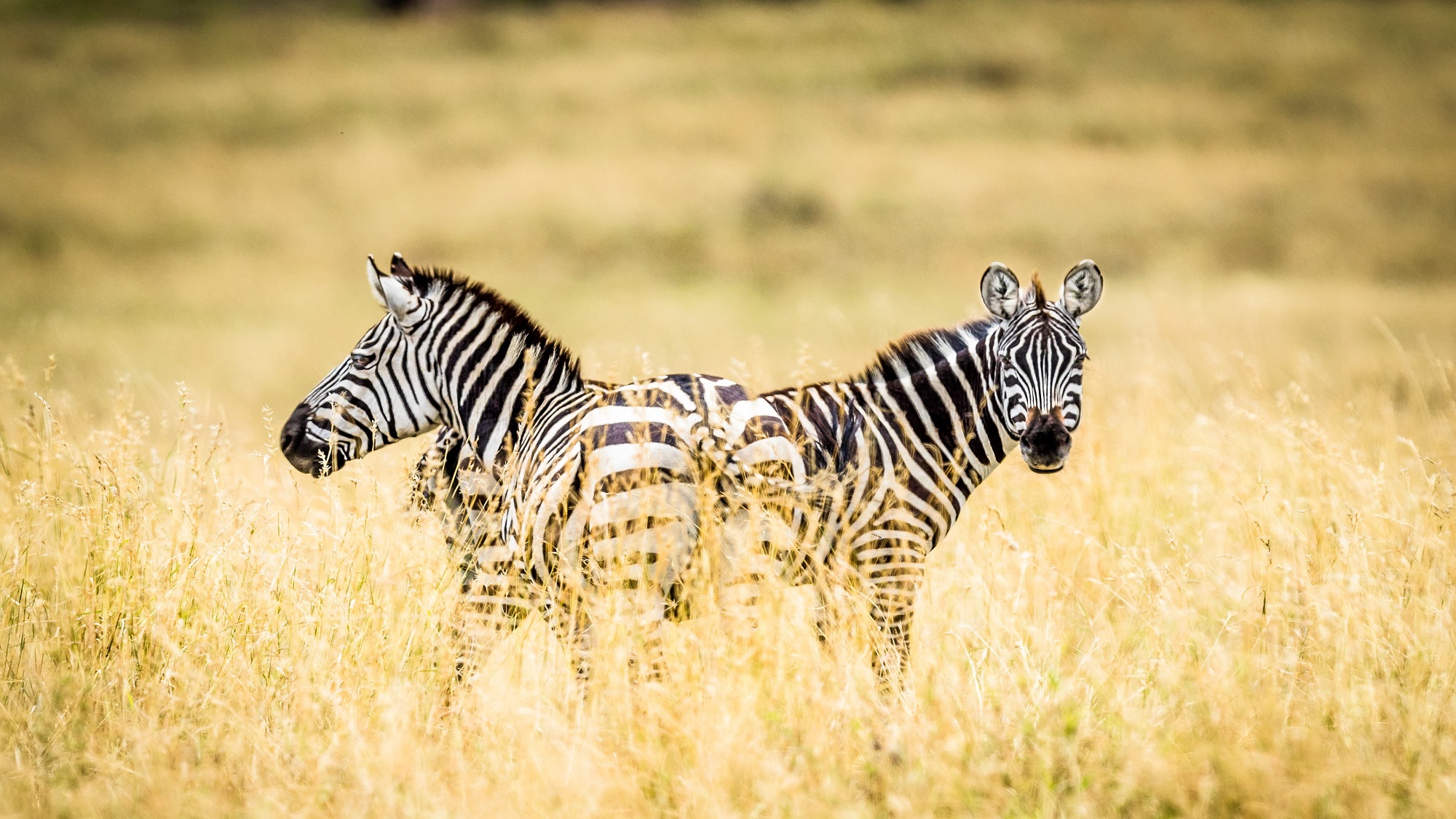
Your Serengeti National Park Safari with Asanja Africa
When you wake in the morning from your luxury Bush private tent at Asanja Moru, you would witness the breathtaking Serengeti sunrise—a mesmerizing view of a kind of orange, merging itself beautifully into a background of trees of the Serengeti National Park.
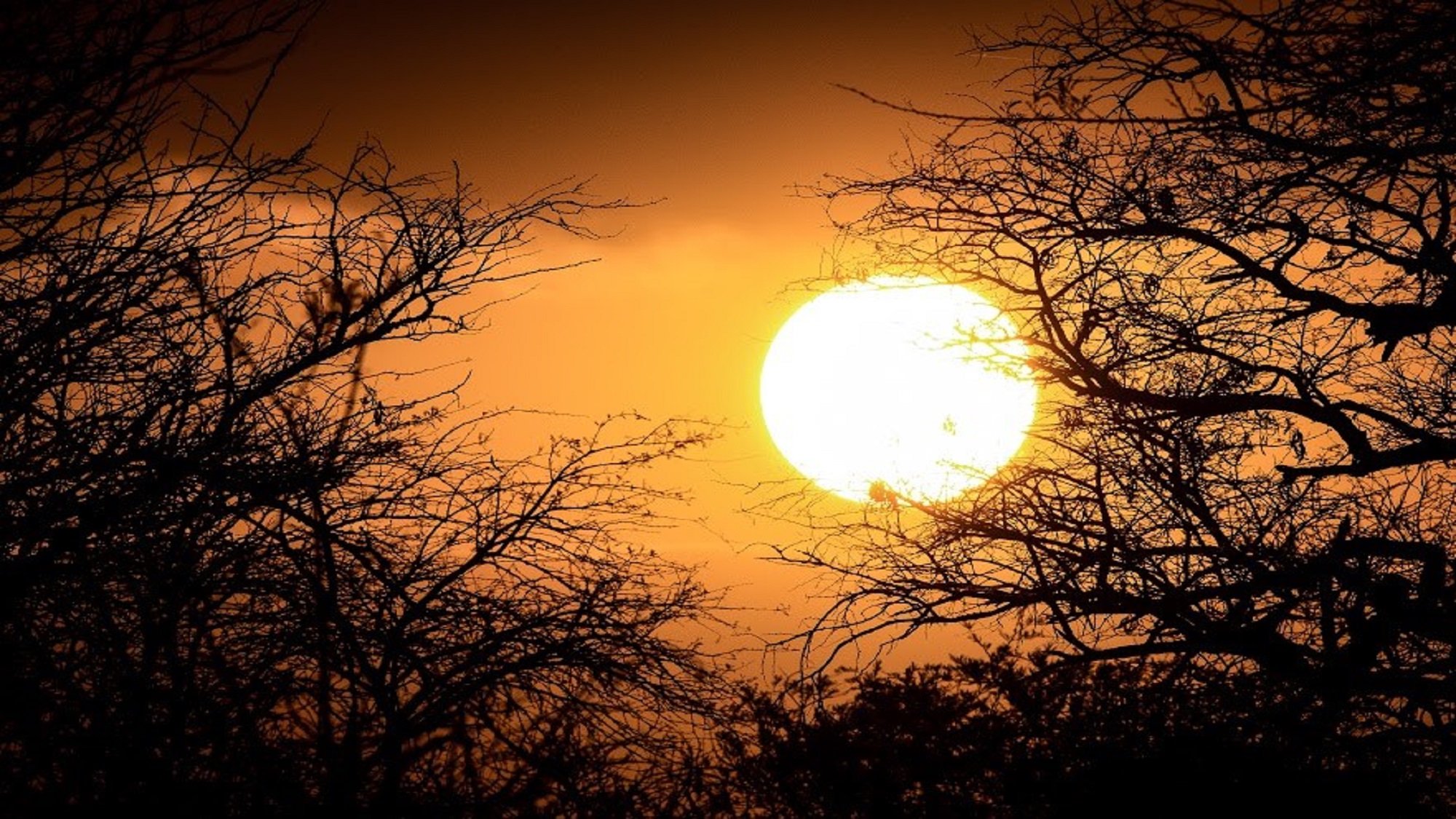
With the sip of your morning tea you may spot Fischers love birds or a purple roller on the Aracia trees around your tent.
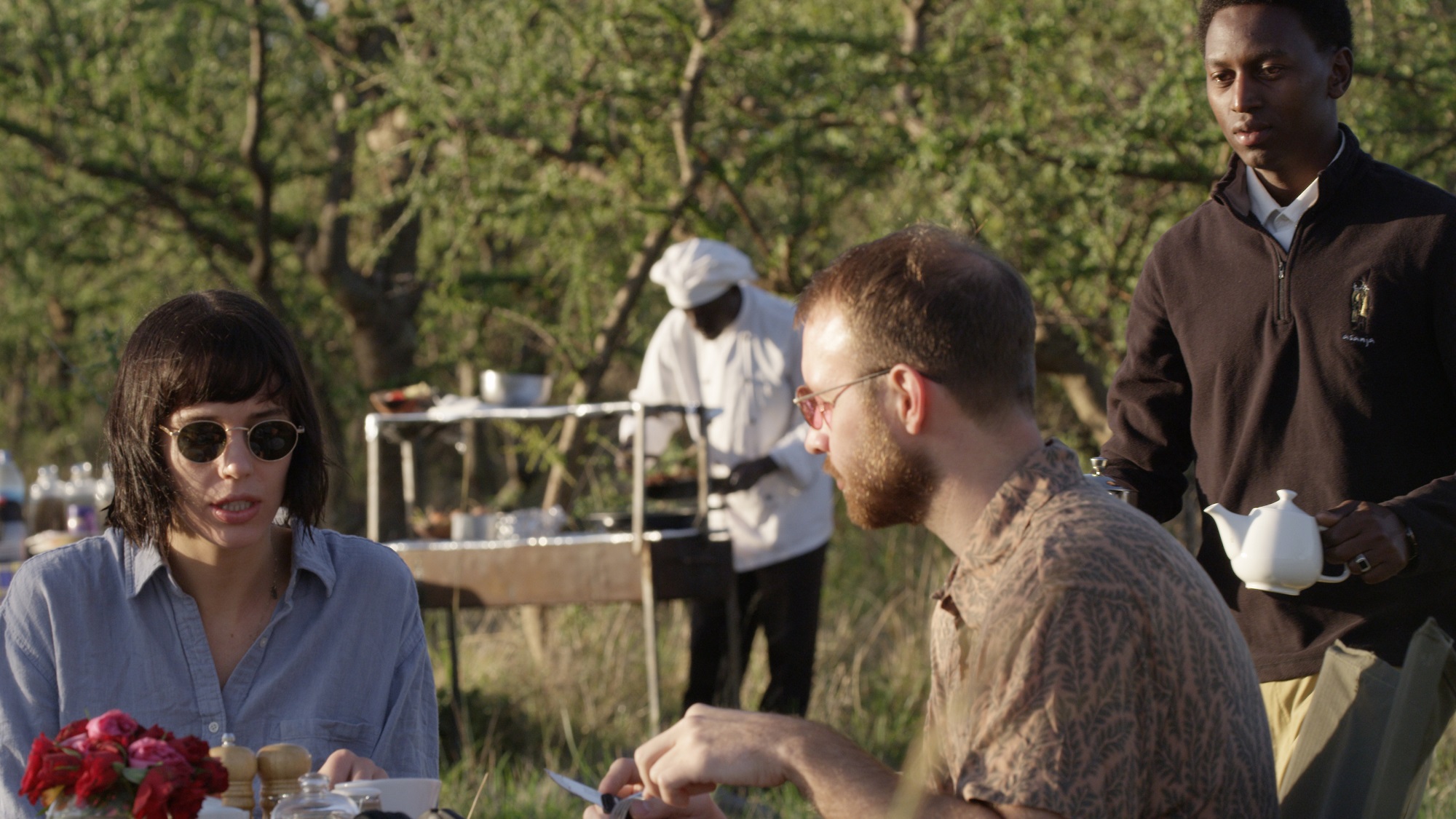
Serengeti National Park Safari
Safari, in Kiswahili, simply means “journey”. But in English it has become a synonym for a wildlife viewing adventure in the African bush.
For those who are early-risers, we would arrange a packed breakfast prepared by our local African chefs Rashidi and drive out in your private 4×4 Safari Vehicles with Pop top Roofs or a fully open vehicle into the Serengeti National Park plains for a unique“bush breakfast” experience. Surrounded by the true African wilderness, with the sounds of cuckoos ,you will find yourself immersed in this dreamlike landscape while sipping on your fresh morning coffee.

Early morning game drive proves to be one of the best times to be out in the bush, as this is when the wildlife is most active and the area less crowded with other safari vehicles. As your Safari Guide takes you out on the off-the-beaten path in the Serengeti National Park, you will be able to come across unique moments, encountering the Big Cats, as well as the smaller mammals and an impressive list of African wildlife. Game drives are flexible depending on the guests’ preferences, you can choose to wander in the Serengeti National Park plains until dusk, or return earlier to the lodge or camp of your choice.
Asanja Picnic Lunch
Half way through your of your safari, in the midst of a pristine landscape and beautiful voices of nature, you will take a break and enjoy a relaxed Asanja picnic Lunch with your favorite dishes customized by our chefs, this will sure be a memorable experience.

Winding down
A sundowner around the Lake Magadi is a popular way to end your day, as you leisurely sip on your favorite wine or drink of your choice and watch the colors mystically changing in the sky until it is dotted with stars.
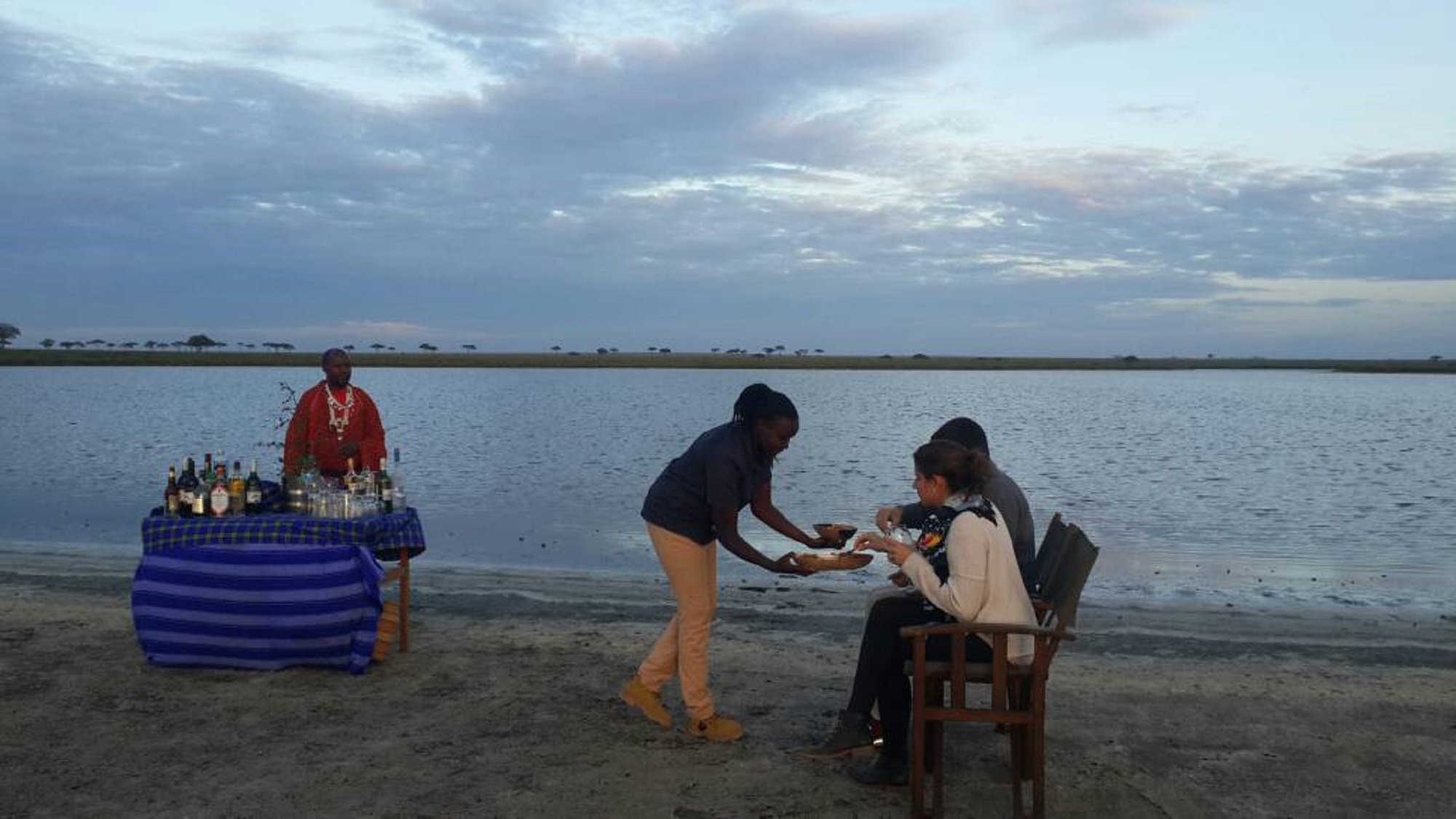
After getting back at the Asanja camp, for dinner, a sumptuous wine pairing dinner will be served the around the wine cellar, which offers the incredible opportunity to sample wines from across the African continent.
With Asanja Africa you will also experience the famous Asanja Bush Dinners under the stars exclusively customized for you by our African Chef Rashidi and Chef Swalehe!
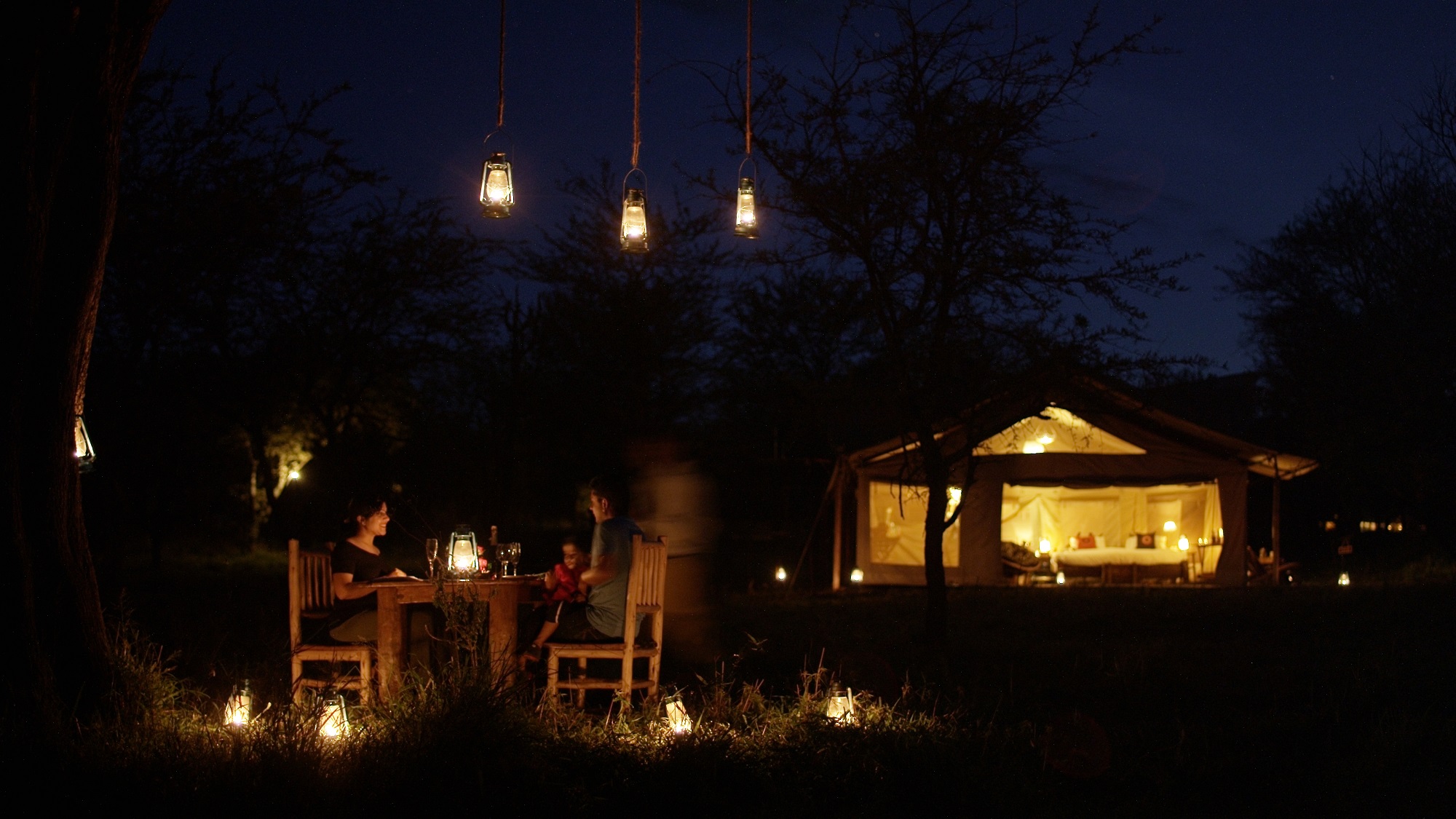
As the night falls, you will find yourself comfortably settled into your new “home”—a perfect blend of luxury and comfort in the bush
Perhaps this is how a sense of nostalgia that most visitors are so prone to feeling when they find themselves falling deeper in love with the African wilderness!
As one of our guest Simone said “A part of me will always remain at Serengeti!”
Asanja Africa Safaris are a true wilderness experience!
Contact Us for the most exciting journey of your life…

